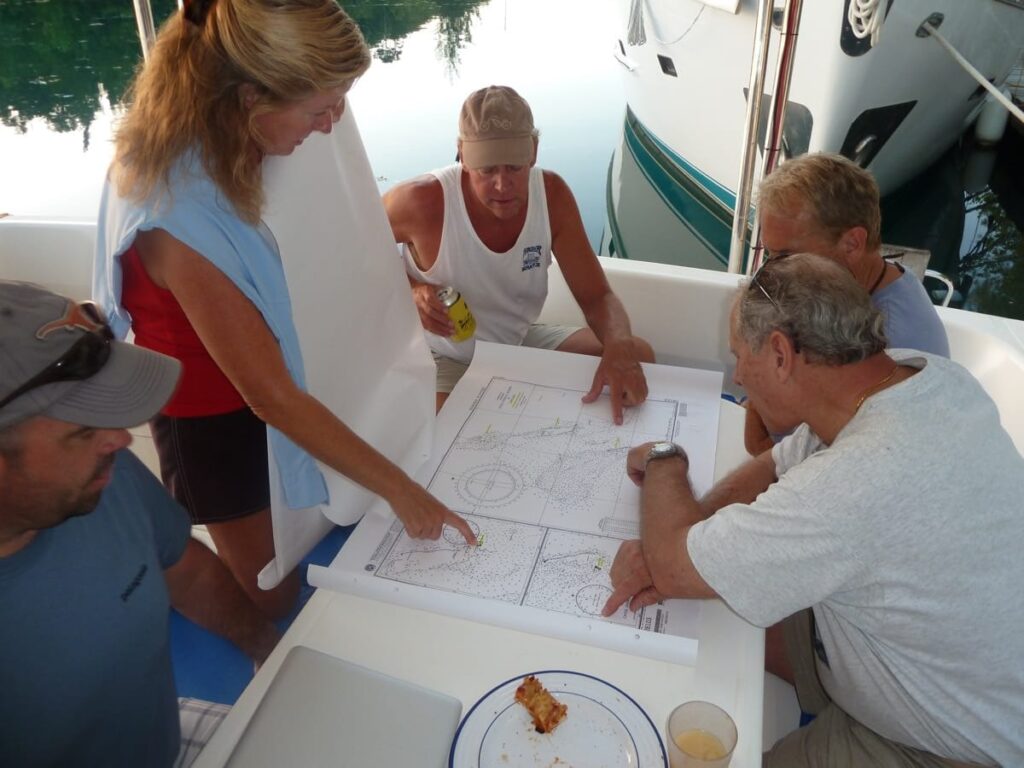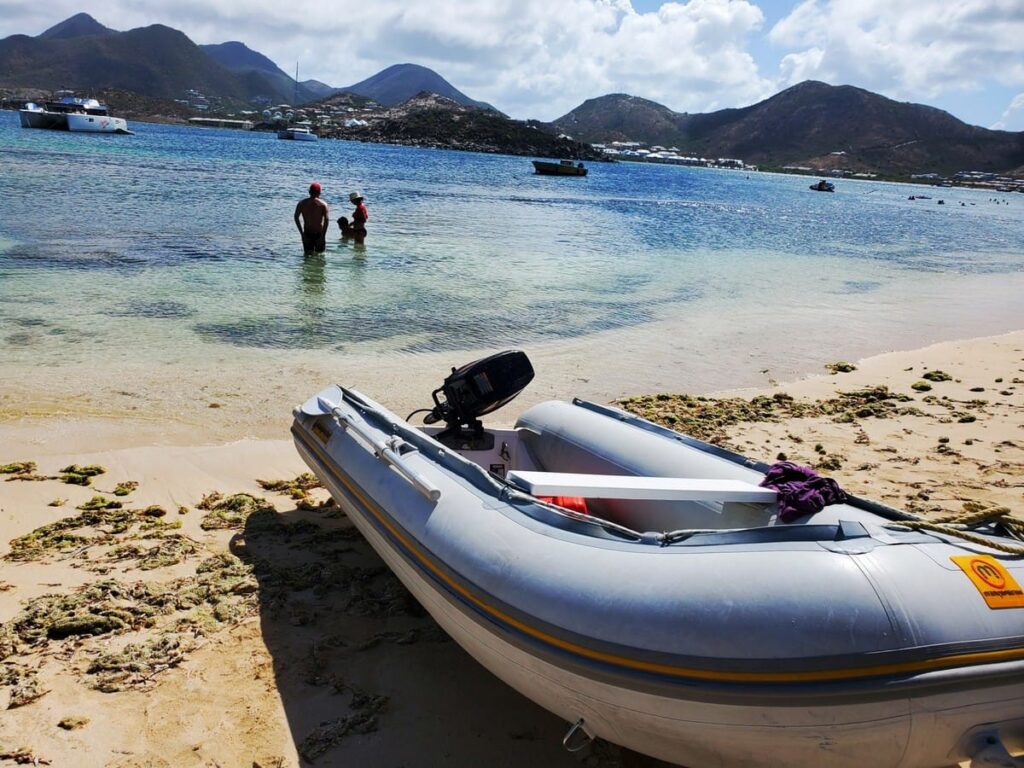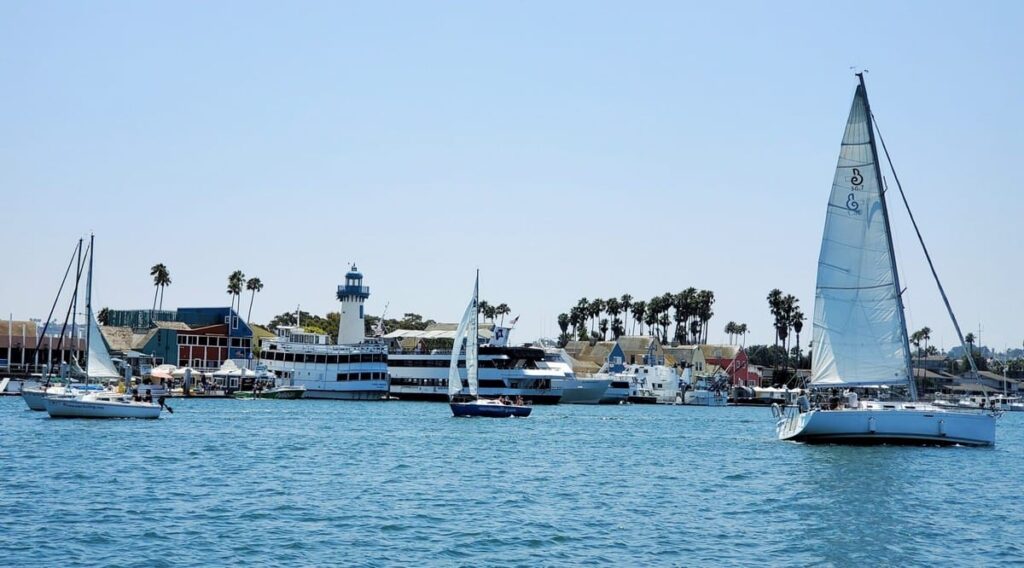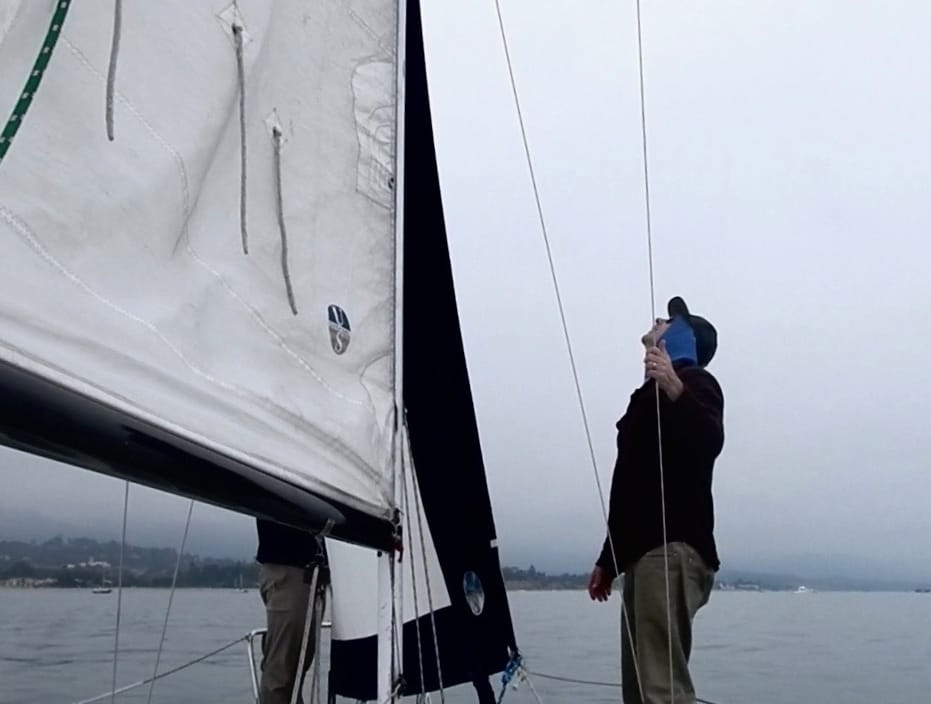The American Sailing Association website is chock full of sailing tips and recommendations to help you become a better sailor. From our video library to our sailing apps to our webinars, you can find everything you need in the pages of this website.
Take a look at some of our articles for a few sailing tips.

Take a look at a few tips from our Let’s Go Sailing textbook to help you plan your next day out on the water.
“You should always check the weather before sailing so that you are not caught out in a sudden squall or winds above your skill level.”
Have You Checked Your Rigging Lately?

Captain Dan Ryder of Sail Channel Islands shared a story with ASA about the importance of keeping your boat rigging in good shape.
“Have the standing rigging inspected by a professional on a regular basis and keep your towing insurance paid up.”
Operating a Dinghy Safely and Responsibly

Those sailors who have earned ASA 103 and ASA 104 certifications have learned about best practices when utilizing dinghies but it is always a good idea to brush up on what you should and should not do when operating a rigid-hulled inflatable boat (RIB) or a dinghy.
“Inspect your dinghy. You are ultimately responsible for the safe operation of the dinghy and the safety of your passengers is the captain’s responsibility.”
Optimistically Planning a Bareboat Cruise?

The ultimate goal of the American Sailing Association is to get sailors out on the water sailing safely and confidently in all conditions. A great charter experience is truly the reward of a superior sailing education.
“Sailing with children? Two and three-hour sailing legs are long enough. Beach activities as well as snorkeling and paddling are pretty important to the little ones. Make it fun for everyone.”

As you embark on a daysail you might need a checklist of the things that you must have to make the day more enjoyable.
“Let’s face it, if you are out on the water and having a good time you don’t want to cut the sail short just to get food. Make sure there is enough water for everyone on board and it doesn’t hurt to have an ample amount of snacks around for the hungry crew.”
Even More ASA Resources and Tips









